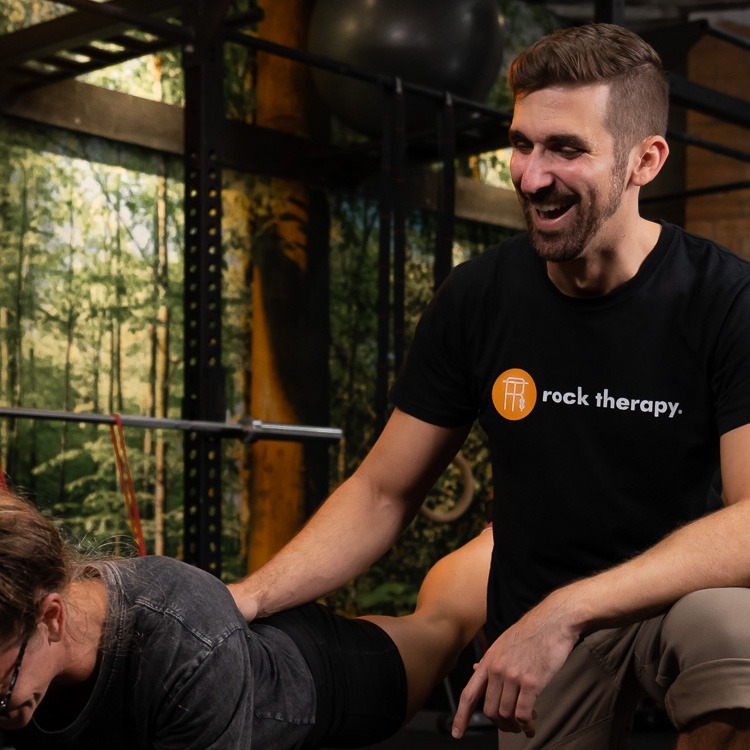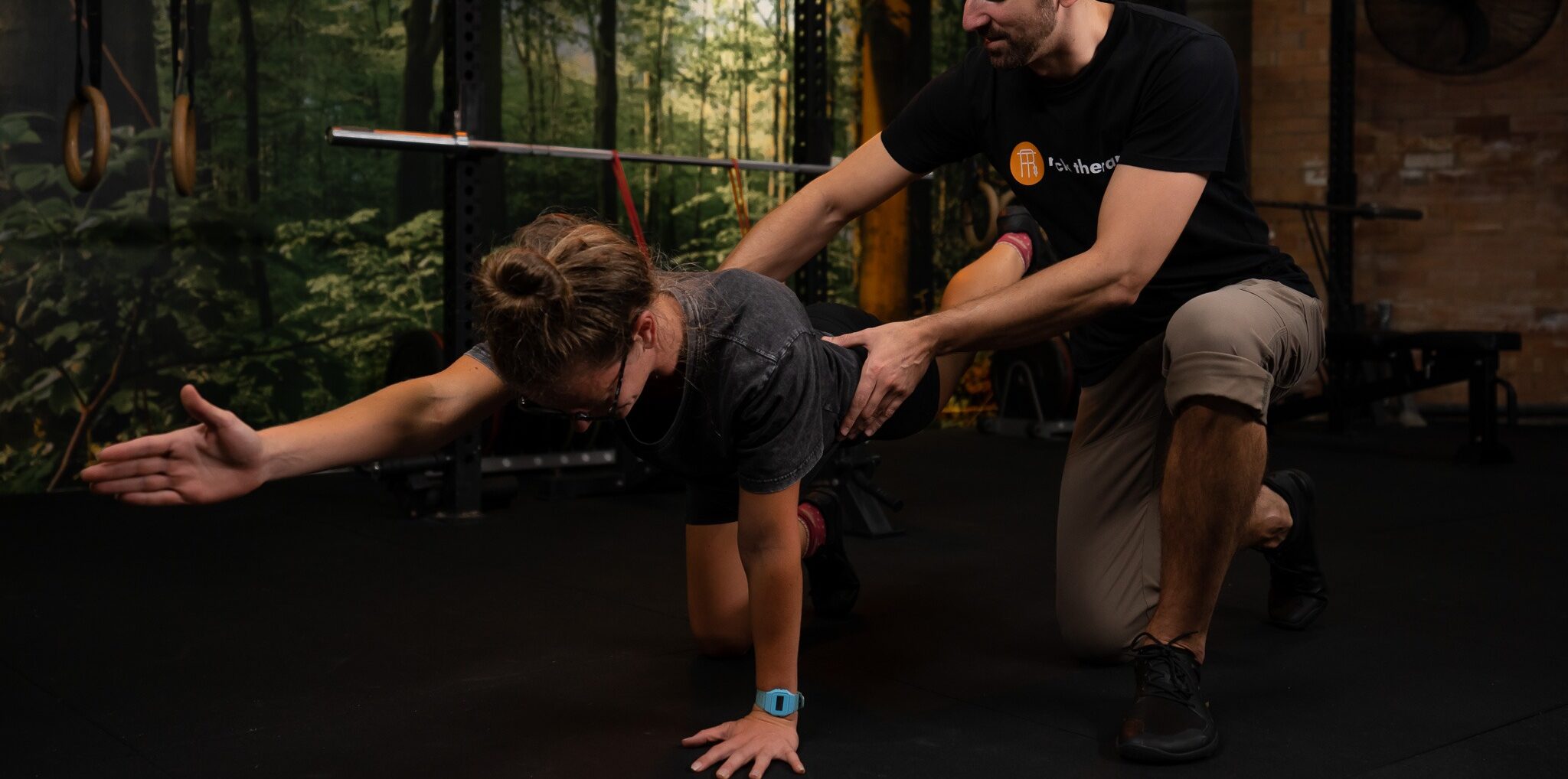
Dr. Jack Maltby
Chiropractor
I have had a lot of injuries. Weird brag, I know, but with the majority of my sporting life being focussed around rock climbing and long distance running, I’ve injured just about every part of my body. This has given me both an understanding of what rehab and treatment works best, but also what it’s like to mentally go through that experience. The things I value most from my therapists is a clear description of what my problem is, what the plan is going forward and how quickly I should expect to see results.
Jack’s approach to rehab
My approach to treatment focuses on minimal therapist intervention and maximum patient control. This means, you’re definitely going to get some exercises. I never ignore hands-on techniques (as they can be a magic fix sometimes), but to make sure you don’t injure yourself again we’ll build strength, mobility and stability. Your program will take you all the way from pain/injury to performance – all rehab should eventually look like training.
Jack’s favourite treatments
As a Chiropractor I obviously love getting to adjust people. It can make big changes very quickly and can often be the key to moving forwards in recovery. I do however love using shockwave therapy and dry needling. I have seen these two therapies work wonders for any number of conditions. Tennis elbow, tendinopathies, muscle tears, tendon tears, achilles tendonitis, heel spurs, pulley tears; the list goes on. I love massage, myofascial release, cupping and joint mobilisation as well, but manipulation, needling and shockwave are the real standouts. The key with these treatments is that change should occur within the first 3 – 6 sessions. That’s the beauty of these high input treatments; big stimulus generally means big change.
What to expect
Lengthy history regarding your pain/injury followed by diagnostic assessment. That’s our first session. Not only will I assess the area that’s in pain, I will spend time figuring out if it is referred from another region. Our clinic is fitted out with all sorts of training equipment, so functional testing will occur with almost all cases. This is standard investigation for acute pain (pain that has presented in the last month). For more chronic issues, I generally go a little bit deeper. I use a full-body mobility and strength assessment tool to figure out exactly what is contributing to your pain.
Pain you have had for a long time can create all sorts of issues, so it’s important to address everything at the same time. As our treatments progress, I like to use the phrase, “if you ain’t assessing, you guessing”. Range of motion, strength measures (we have a force measurement tool in clinic) as well as tracking your pain levels when you’re not in clinic will be applied to every session. This way, we’ll know if we are on the right track, or if we need to change things up at any point during your recovery.
What conditions has Jack worked with?
Realistically? Everything. The majority of my patients over the years have been rock climbers, which means I’ve been exposed to all sorts of injuries. Tennis elbow, golfer’s elbow, disc bulges, tendon tears and strains, tendonitis, post-surgical rehab, achilles tears, labral tears, ACL and meniscus tears – you name it, I’ve worked with it. Having so much experience with these high impact injuries means that things such as persistent back or neck pain feel quite commonplace and simple in comparison; which actually makes seeing a patient with a sore neck and shoulders refreshing!
Techniques used in clinic may include:
- Joint manipulation or mobilisation
- Myofasical dry needling
- Electrotherapeutic dry needling
- Extracorporreal shockwave therapy
- Myofascial release
- Taping (Rigid & Kinesio)
- Rehabilitative exercise & self-care strategies
If you’re still unsure of whether Dr. Jack is the right person to help with your issues, feel free to contact us here and we’ll be in touch so you can make the best decision possible 🙂

